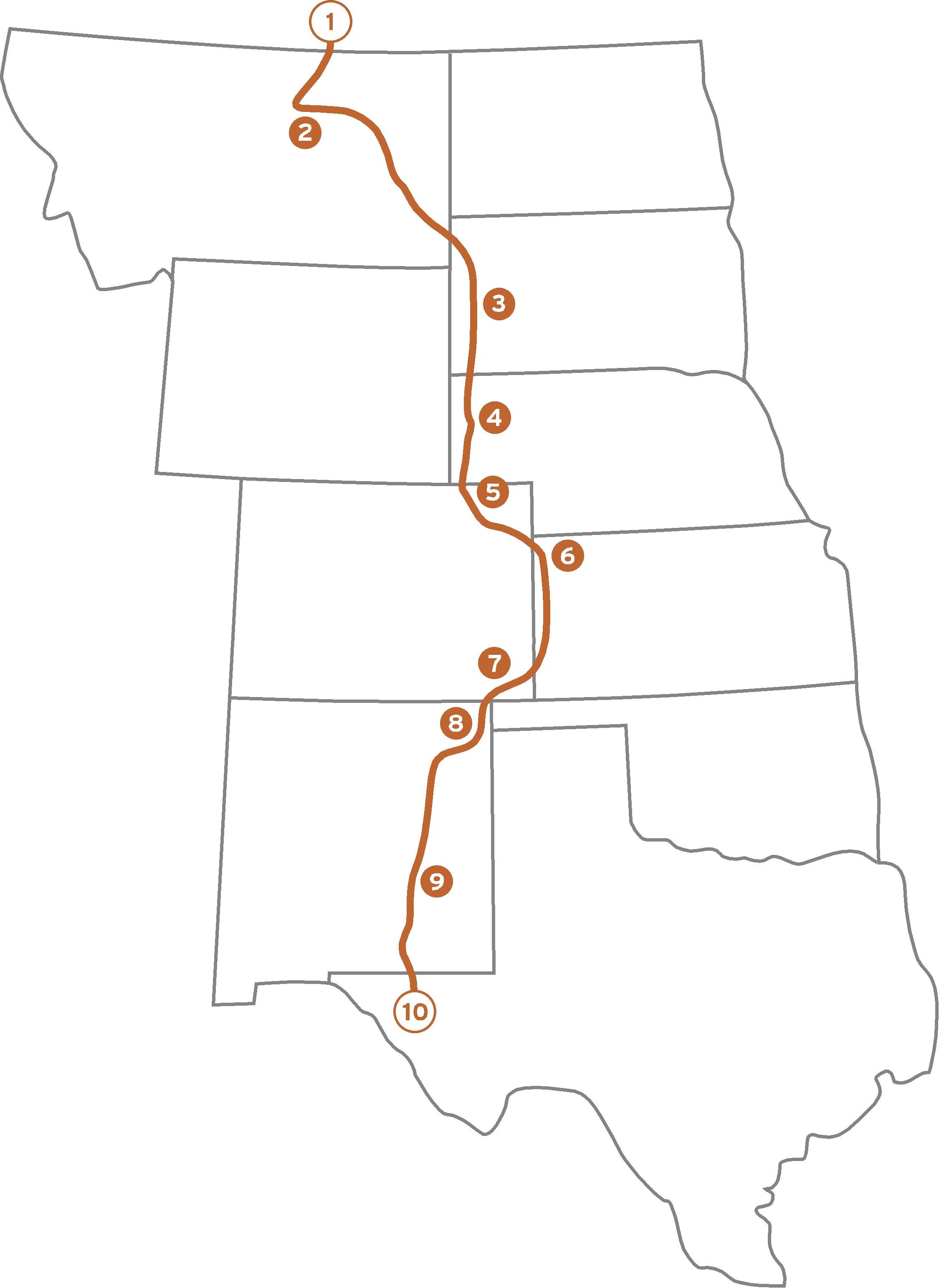As I write this on Martin Luther King Jr. Day, it is true that I do have a dream to create the Great Plains Trail, but I know what you’re thinking . . . what does Martin Luther King Jr. have to do with the Great Plains Trail, or even the Great Plains at all, for that matter?
Well, as it turns out, for him personally, nothing.
However, there is a long and almost totally obscure African American history that pervades much of the Great Plains. Below is a list of African American topics, with a little information, that relate to the Great Plains region as a whole. I obtained this information from the excellent Great Plains Encyclopedia. (Yes, the region has its own encyclopedia, and I must thank my wife, who is a librarian, for this most awesome Christmas present)!
The fact is that any of the topics mentioned below could be at least a long blog entry, if not a full research career. There is much more African American history in the Great Plains than I suspect most people think. Enjoy these topics!
Malcolm X – The noted Civil Rights leader was born Malcolm Little in Omaha, Nebraska in 1925.
African American Cowboys – About 9,000 African American cowboys rode the cattle trails from Texas to Kansas and Nebraska, accounting for 25% of the trail hands during the open-range period (late 1800s). They experienced a degree of freedom and autonomy far superior to those who stayed in the East.
All Black Towns – African Americans established many agricultural communities in Kansas and Nebraska following the Civil War. Nicodemus, Kansas is perhaps the best known, and is now a National Historic Site, operated by the National Park Service.
Gwendolyn Brooks – She won the Pulitzer Prize for poetry in 1950, and was born in Topeka, Kansas in 1917.
“Buffalo Soldiers” – A term given to African American troops by Plains Indians. They served in the American West following the Civil War.
York – Born a slave in Virginia in the 1770s, he became the only African American member of the Lewis and Clark expedition to the West Coast, as well as the first known African American to travel to the northern plains. He was much admired by the Mandan Tribe in North Dakota.
Brown v. the Board of Education of Topeka, Kansas – This landmark Supreme Court case was instrumental in the Civil Rights movement of the 1950s and 60s. The ruling said that “separate but equal” did not belong in public education.
There you have it. African Americans in the Great Plains!


